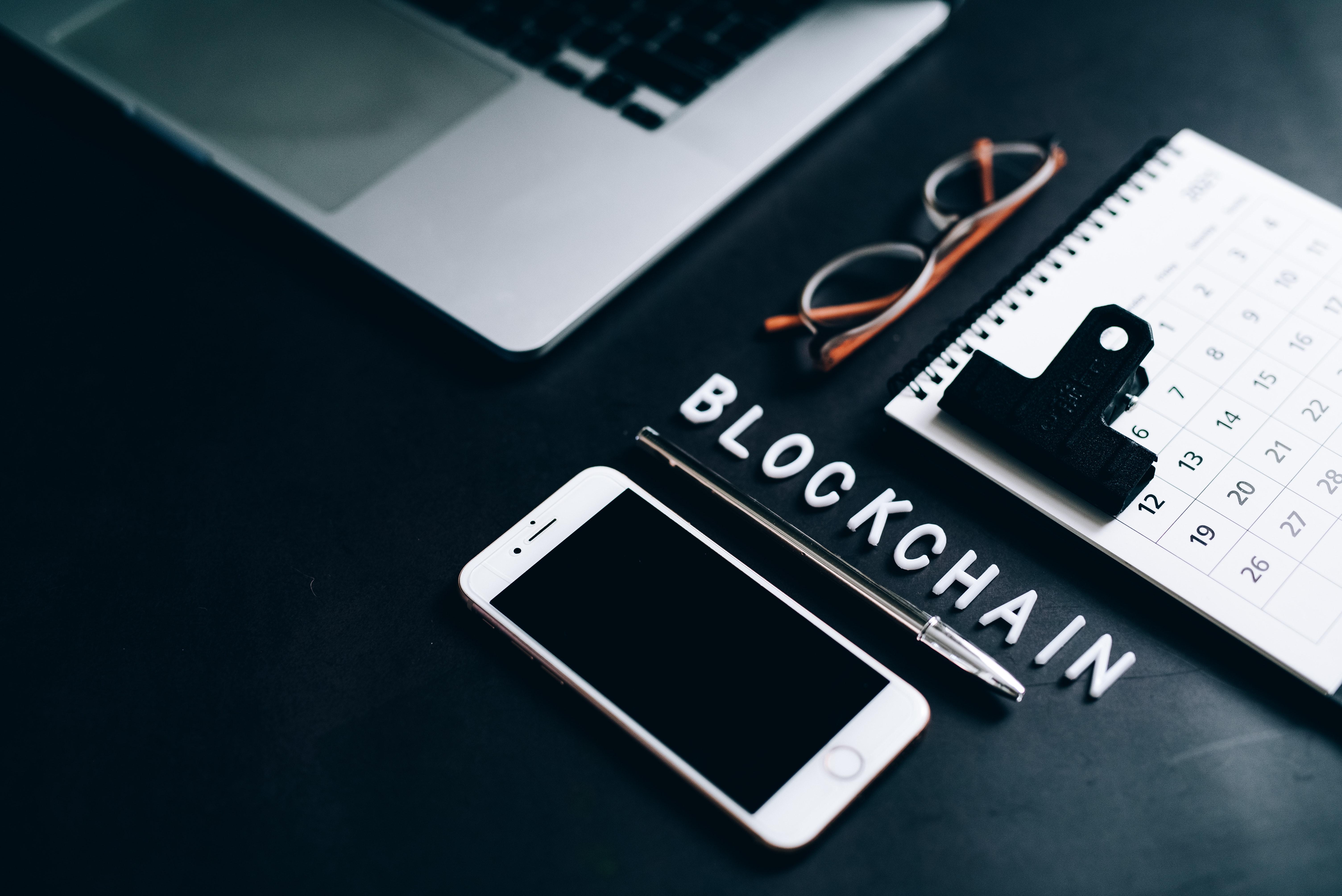Many
eSignature companies are looking to blockchain technology to help them enhance their e-signing products and services. Blockchain is an interesting concept in itself; it can be described as a distributed database of digital, non-alterable records or blocks (hence the name "blockchain"), where each block contains information about transactions made in its respective chain.
Evolution of eSignatures
eSignatures have come a long way since their inception in the early 2000s. Initially, eSignatures were used for simple transactions such as contract signings or purchase orders. However, today's eSignatures are far more sophisticated and can be used for anything from banking to healthcare to real estate.
The use of e-signatures is expected to grow exponentially in the coming years.
eSignatures are easier, faster, and more secure than traditional paper-based signatures that have been used for centuries. eSignatures also give people a lot of flexibility when it comes to signing documents remotely—anytime, anywhere.
What is Blockchain?
Blockchain is a relatively new technology that has been around for only about a decade. Initially, blockchain was developed as the underlying technology behind Bitcoin, the first and most popular
cryptocurrency.
Since its inception, blockchain has taken on a life of its own and is now being used in many different industries such as banking, healthcare, real estate and supply chain management.
Blockchain works by storing transaction records in a digital ledger, which is publicly distributed across many different computers or nodes (think of these as servers). These transactions are recorded and added as "blocks" to the existing blockchain. This way, everyone can view all transactions that have been carried out since its creation without compromising privacy or security.
How esignatures and blockchain can work together
eSignature providers are interested in blockchain technology because it can provide tamper-proof security for eSignatures.
When it comes to e-signing, one of the top concerns is ensuring that signatures are actually from the person they're supposed to be from. With blockchain technology, this becomes a much easier task. Each block in a blockchain is assigned a cryptographic hash that uniquely identifies the block and every block in the blockchain after it. eSignatures could be recorded on each of these blocks to verify their authenticity, so you know exactly who has signed off on an e-contract or e-document at any given time.
Blockchain can also help with tracking signatures back to their source. eSignature providers could use blockchain technology to keep track of when and where e-signatures were made, as well as who made them. This would help with compliance and auditing purposes, making it easier to determine whether an e-signature was made by the person you expected it to be made by.
Blockchain technology can be applied to eSignatures in the following ways:
- eSignature transactions can be stored on blockchain, while maintaining the confidentiality of transaction details. This will help eSignature providers develop their products and services even more efficiently. eSiganture data should include information about document type (e.g., contract or purchase order), time stamp for signing, signer's identity, and other relevant information.
- eSignatures can be verified on the blockchain by anyone with access to the network. This will help reduce fraudulent activities and increase trust in eSignature transactions.
- eSignatures can be used to timestamp documents or events onto the blockchain. This will provide an extra layer of security for eSignature transactions.
eSignatures and Blockchain can work together to provide an efficient, secure, and transparent e-signing experience for businesses and individuals alike. As the eSignature industry continues to grow, it will be interesting to see how blockchain technology evolves and impacts this space. Stay tuned!


